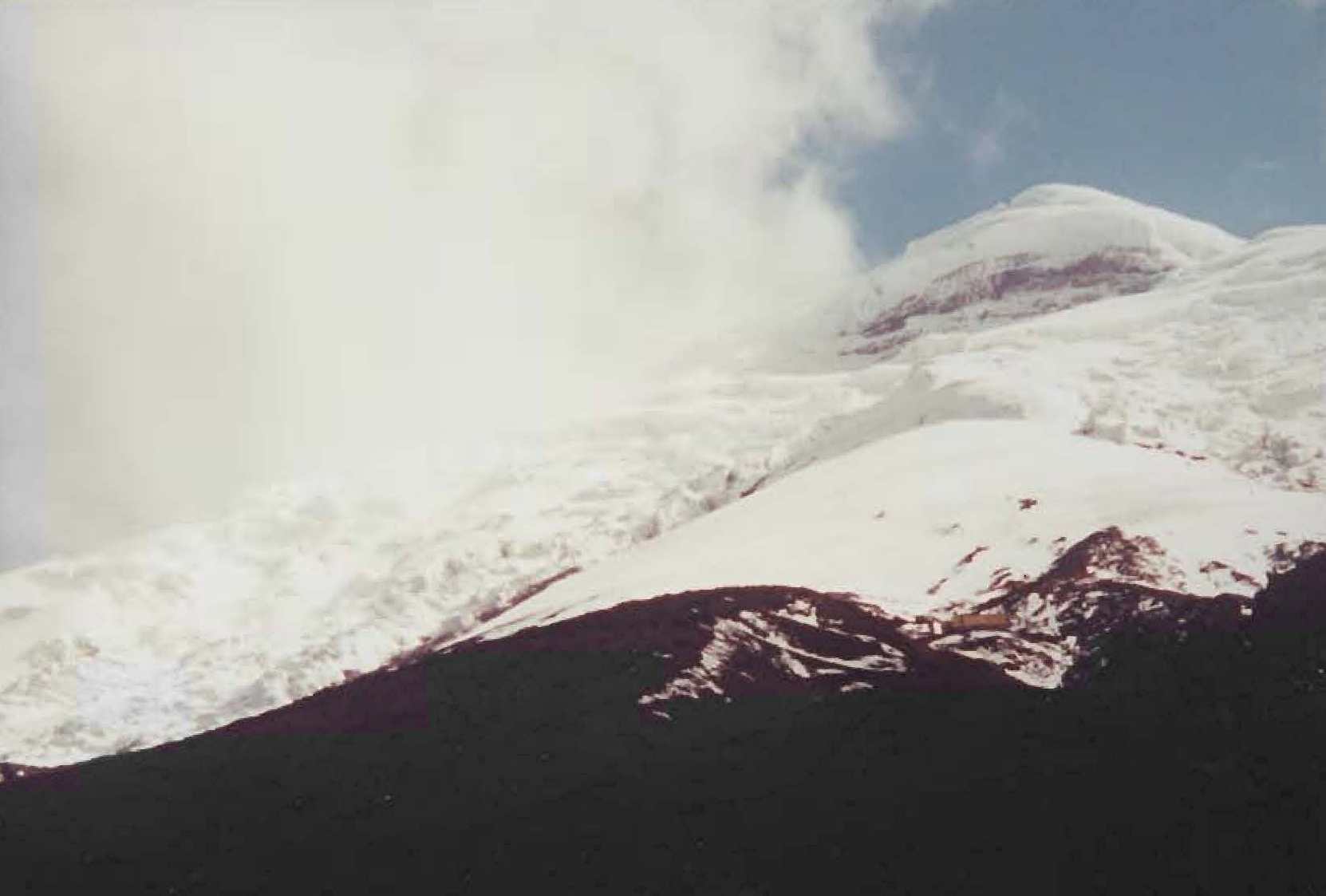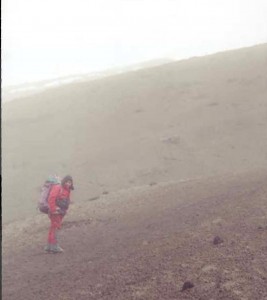My daughters and I recently had the opportunity to view a new IMAX film called “Alps.”
I’m ambivalent about IMAX films. Too often they offer only spectacular photography but nothing educational and not much of a storyline. “Alps” was different, however. The photography was as good as anything I’ve ever seen in a movie. Truly spectacular views of the Alps and the surrounding villages and towns. The movie was much more than spectacular images, however. It was an engaging story of a man’s quest to conquer the treacherous north face of Mount Eiger, the Swiss mountain on which his father died 40 years earlier while attempting a climb. Mount Eiger is more than 13,000 feet tall. Rounding out the package was a terrific music score. The best part of this movie is that it really made us feel like we were right up there with several highly skilled mountain climbers, taking on this mountain inch by inch. If “Alps” comes to an IMAX theater near you, do consider going.
[youtube]http://www.youtube.com/watch?v=biqBQAtuOkI&eurl=http://www.slsc.org/content.aspx?id=3897[/youtube]
After watching “Alps,” I reminisced about the time I climbed an even taller mountain in Ecuador in 1998. It was actually a volcano called Cotopaxi, located in Cotopaxi National Park, about 60 miles south of Quito. My traveling companion (“Susan”) and I decided to rent a car and driver to take us to Cotopaxi, as well as various other places south of Quito. Cotopaxi is extremely tall, more than 19,000 in elevation. Susan and I succeeded climbing to the level of 16,000 feet, but this claim comes with the world’s biggest asterisk. Here’s why I’m not really bragging.
We hired a driver in a car for $40 for the entire day. Our driver was a man named Angel (pronounced an-hel), who spoke no English. Susan and I speak some Spanish, and we had a lot of fun trying to communicate as we drove toward Cotopaxi. When we got to the park, we saw some spectacular views, including Mount Cotopaxi itself, as well as enormous open plains, many of them containing wild horses. It was a panorama for which photos cannot possibly do justice.

After we walked a bit and took some photos, Angel told us that there was a road that went up Cotopaxi. He asked us whether we would like to have him drive us up that road. “Si,” we said. With that, we got in Angel’s beat-up old car and started following a small blacktop road up the volcano. We stopped at a small parking area and saw even more spectacular views. After a while, Angel asked us if we would like to drive further, because there was another road that went even further up the mountain. Of course we’d like that. Angela took this additional stretch of road, which was a bit bumpier, further up the mountain to another rest stop. From this higher vantage point, we saw even more spectacular views.
We assumed that we’d gone up as high as we could in a car, but Angel told us that there was yet more road that went further up the mountain. We took that third stretch of road (it was very bumpy) until there was no more road and a rudimentary parking area. When we got out of the cab, we spotted a sign indicating that we were more than 15,000 feet above sea level. We were close to the snow line and snow was starting to fall. Nonetheless, Susan and I (we came dressed in sneakers and casual clothes) decided that we would like to hike further up Cotopaxi.

We were not totally unprepared for high elevation climbing. We had spent the previous three days in Quito, a beautiful city that was more than 9000 feet above sea level. Because we spent that time in Quito, we had overcome the initial high-elevation headaches, and we were feeling pretty good about walking around, even on such a tall mountain. We had no gear and we knew nothing about mountaineering, but this didn’t stop us.
Therefore, we walked for quite a while, traveling about 1000 vertical feet further up the mountain. It was a consistent ascent, but it did not involve any climbing, simply hiking up the hill. After a while, we found ourselves in the middle of a snowstorm. Neither of us was feeling any ill effects from being at that altitude, although we were concerned that we would possibly risking injury if we pushed much further. This thought especially occurred to us when we passed mountain climbers completely decked out in mountain climbing gear.
We turned around and headed back to the taxi cab, delighting in the experience. We later learned that we were within 500 vertical feet of the bottom edge of a huge glacier.
Therefore, there are two ways to climb a mountain. The first way is to train to be a mountain climber and to take the arduous route up the treacherous north face of the Eiger. The other way is to take a taxi cab up the first 15,000 feet of the mountain, and then walk up 1,000 additional feet wearing sneakers.



Another mountain with two ways to climb, one arduous and treacherous and the other easy: http://www.igougo.com/attractions-reviews-b102185…
Take the treacherous way up and the easy way down. Trust me.
Edgar: thanks for the tip on Mount Desert Island. The danger and beauty remind me of some trails in Zion National Park in Utah. Especially one called Angel's Landing. Lots of spots where most people wouldn't dare attempt it except that the park has installed thick chains on the walls. At many points, you are holding onto the chain on one side, and on the other there is a 1,000 foot drop. And there is awesome scenery all the way up. Here a good description of the trail and are some good photos taken by someone who has taken and enjoyed this hike. Looking at them makes me want to go there to take a hike right NOW!
Time lapse photography of Cotapaxi:
<object width="480" height="385"><param name="movie" value="http://www.youtube.com/v/6B0Kd9vk11Y&hl=en_US&fs=1&"></param><param name="allowFullScreen" value="true"></param><param name="allowscriptaccess" value="always"></param><embed src="http://www.youtube.com/v/6B0Kd9vk11Y&hl=en_US&fs=1&" type="application/x-shockwave-flash" allowscriptaccess="always" allowfullscreen="true" width="480" height="385"></embed></object>